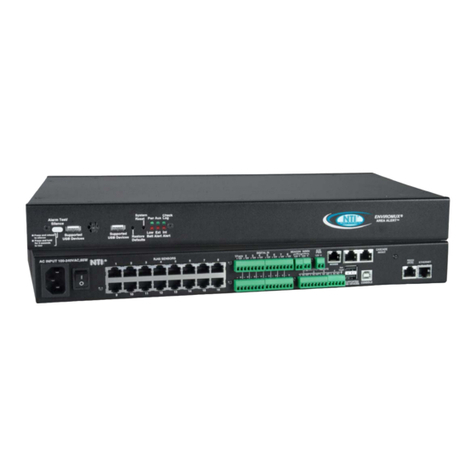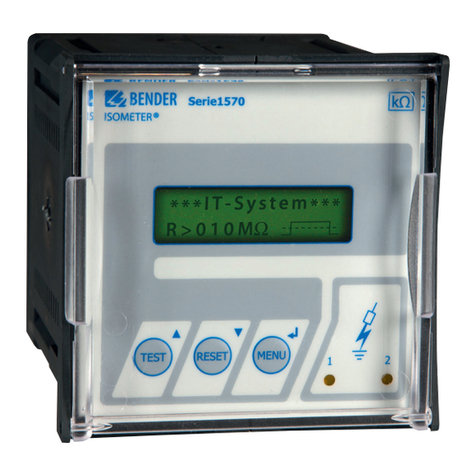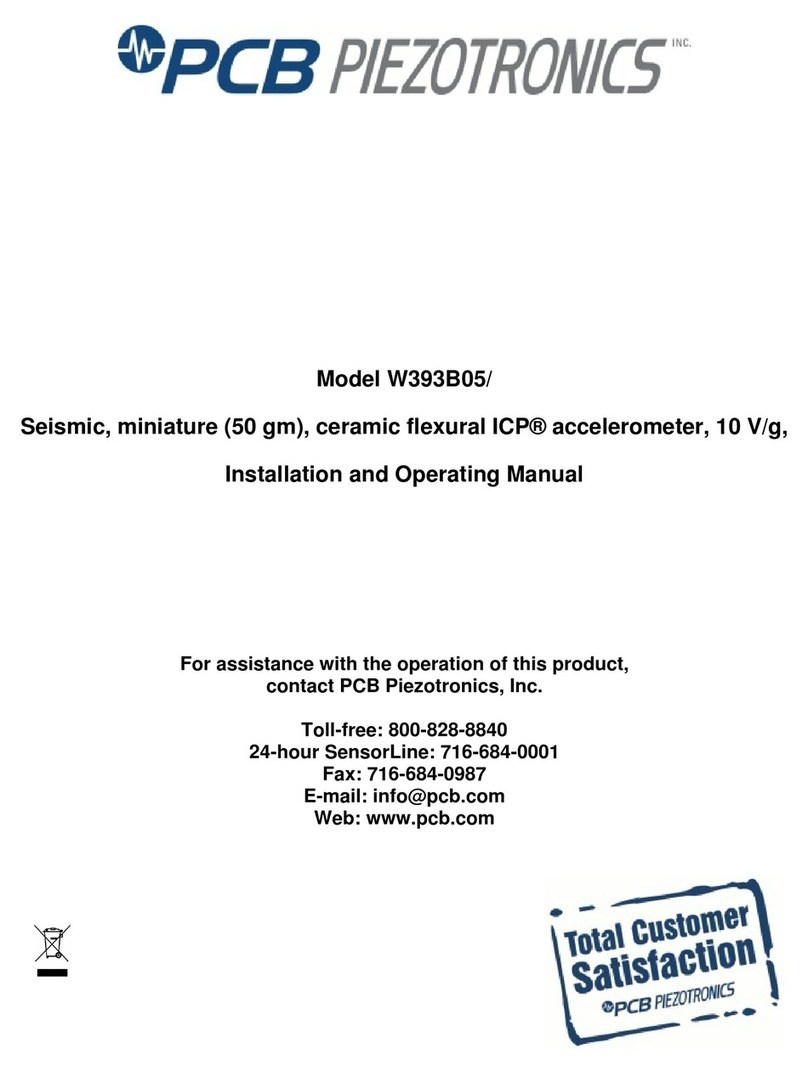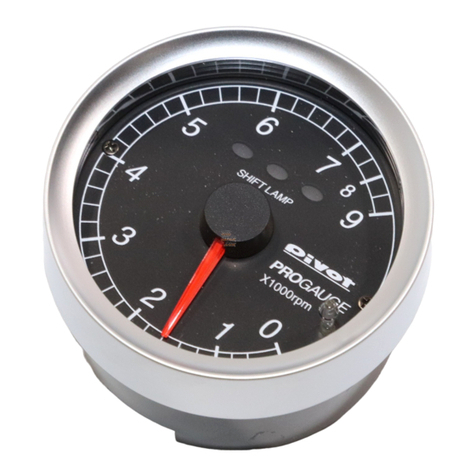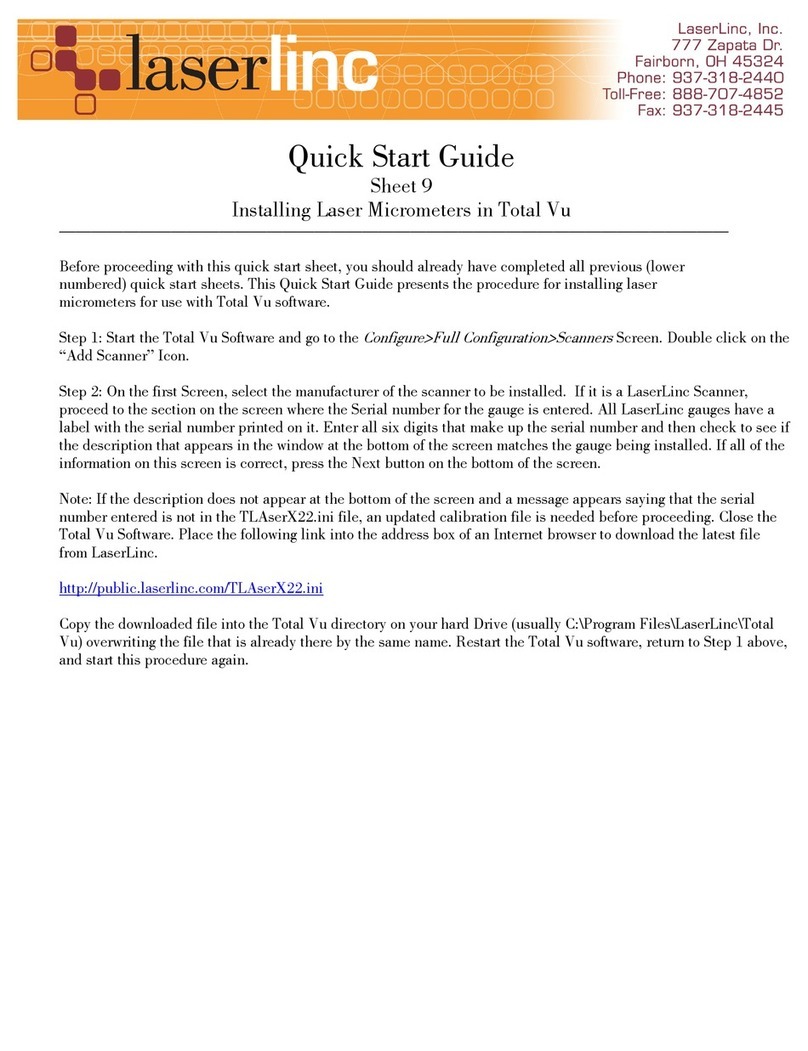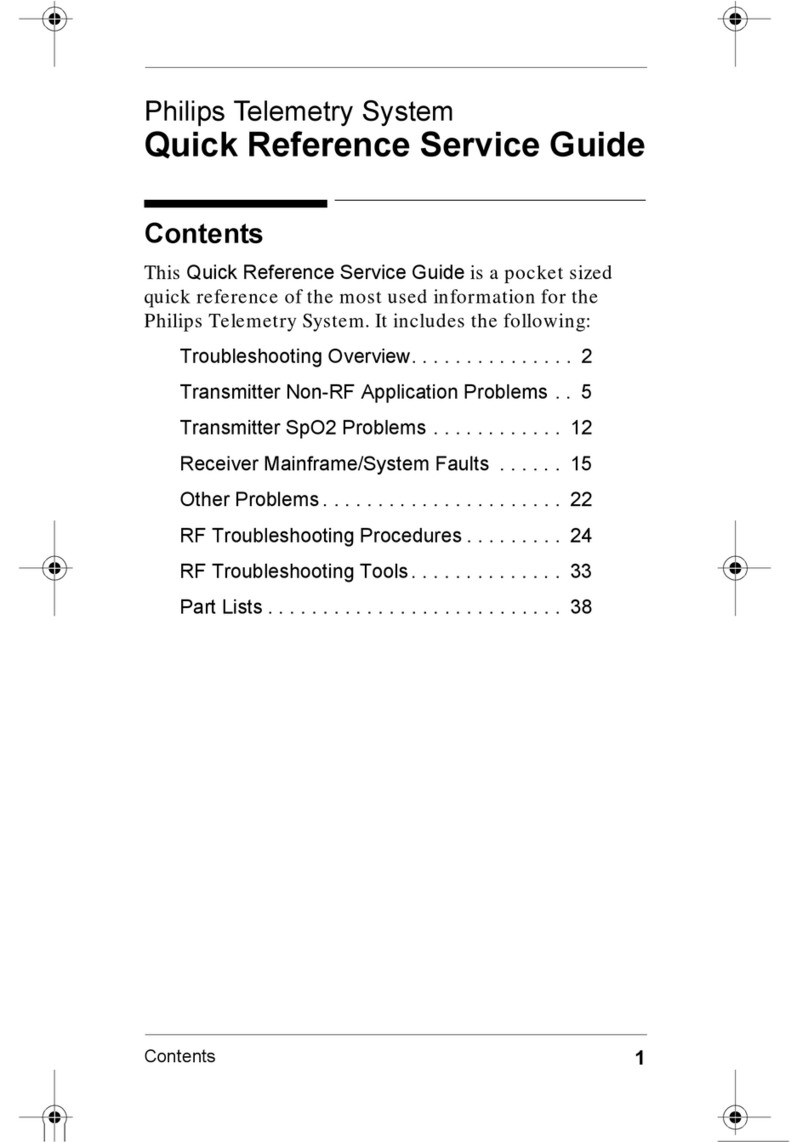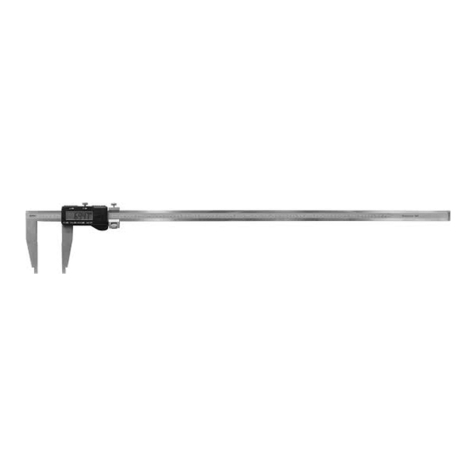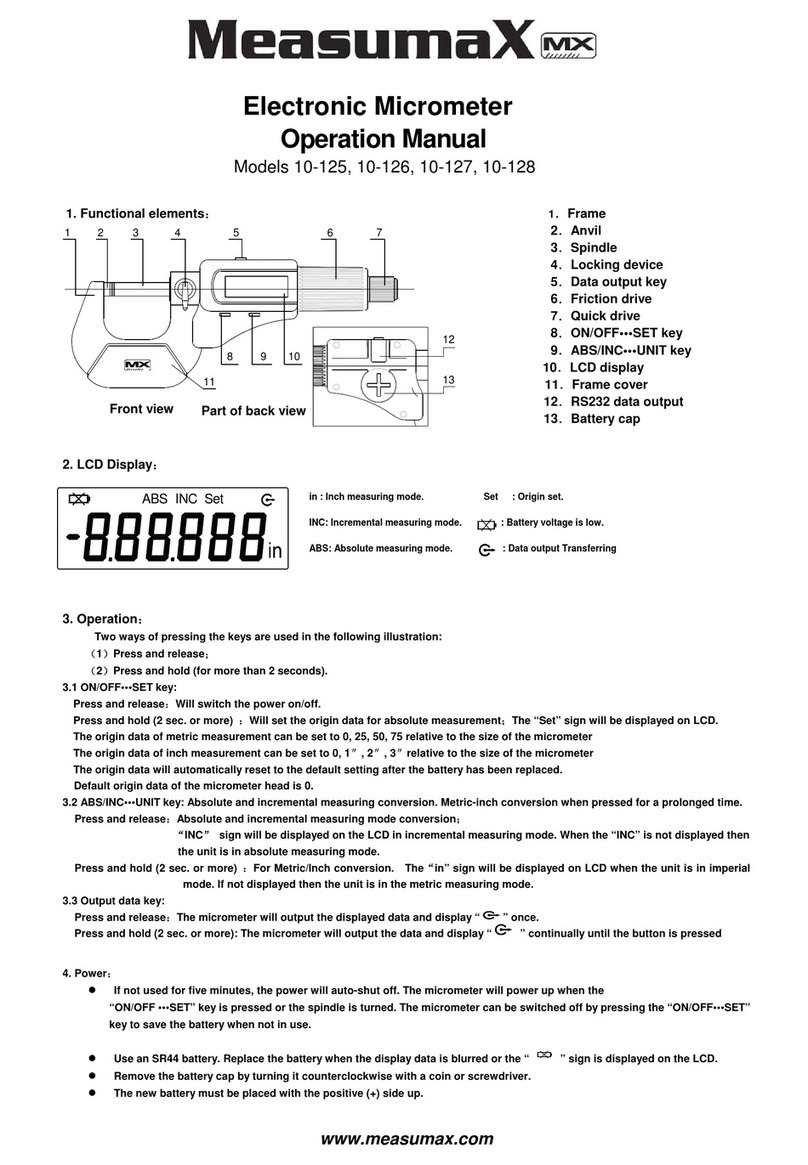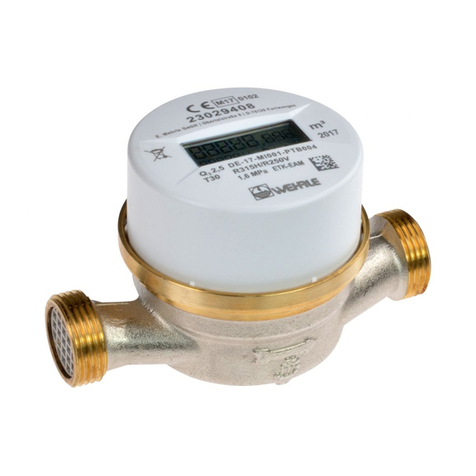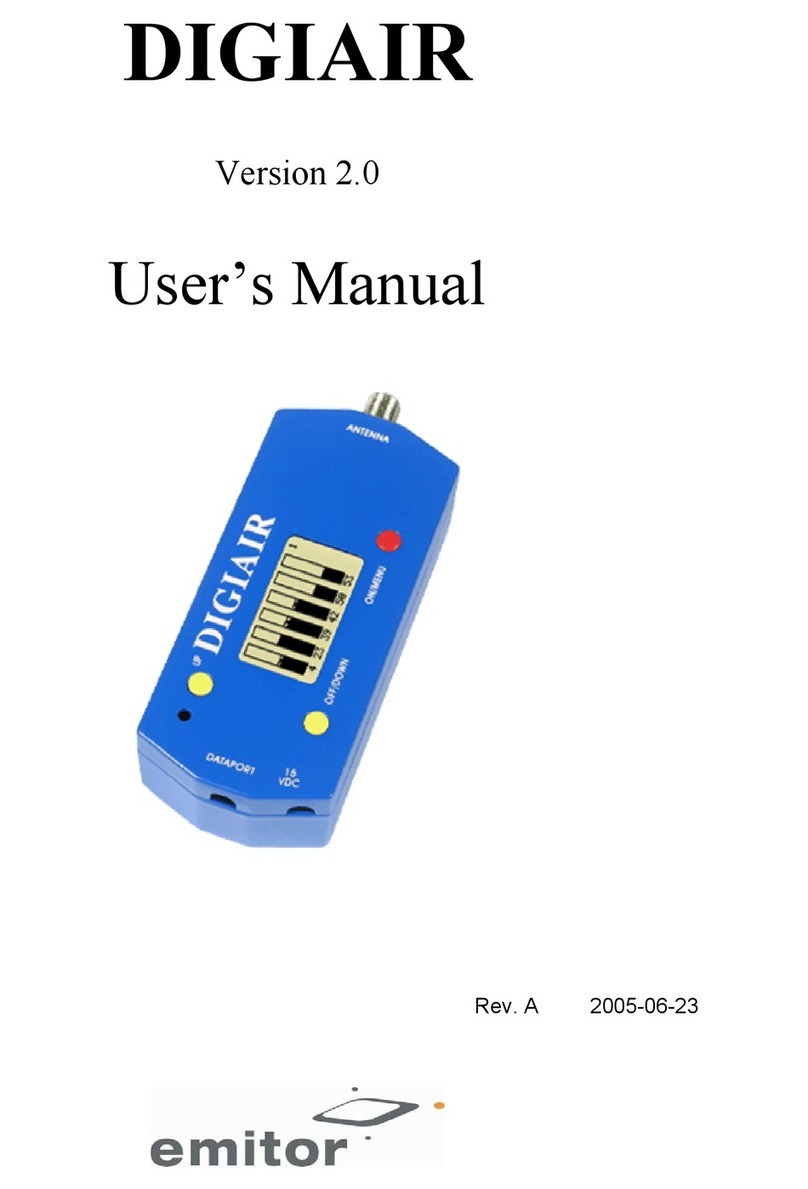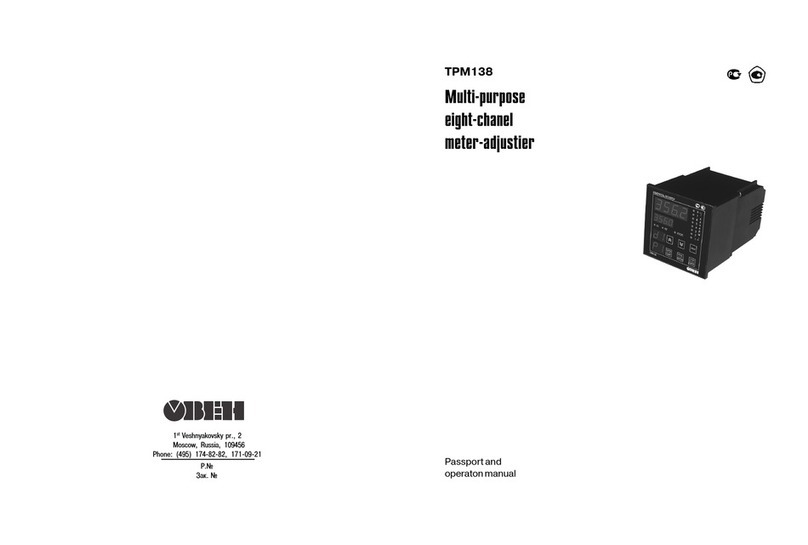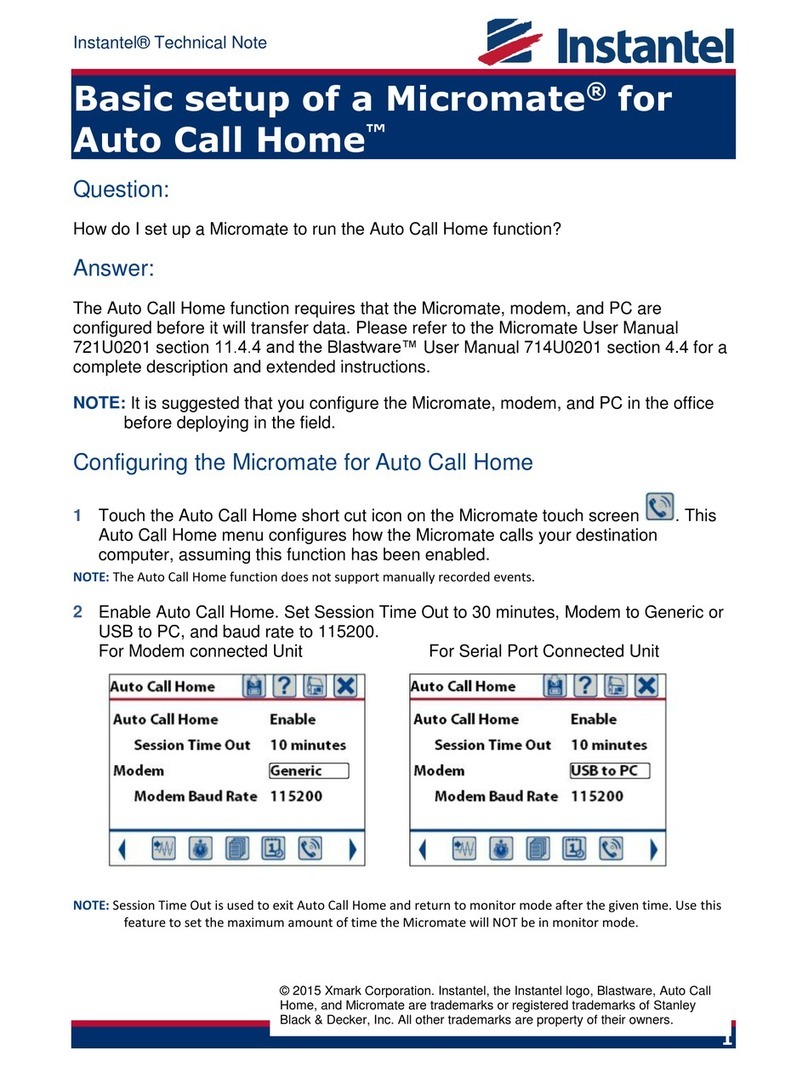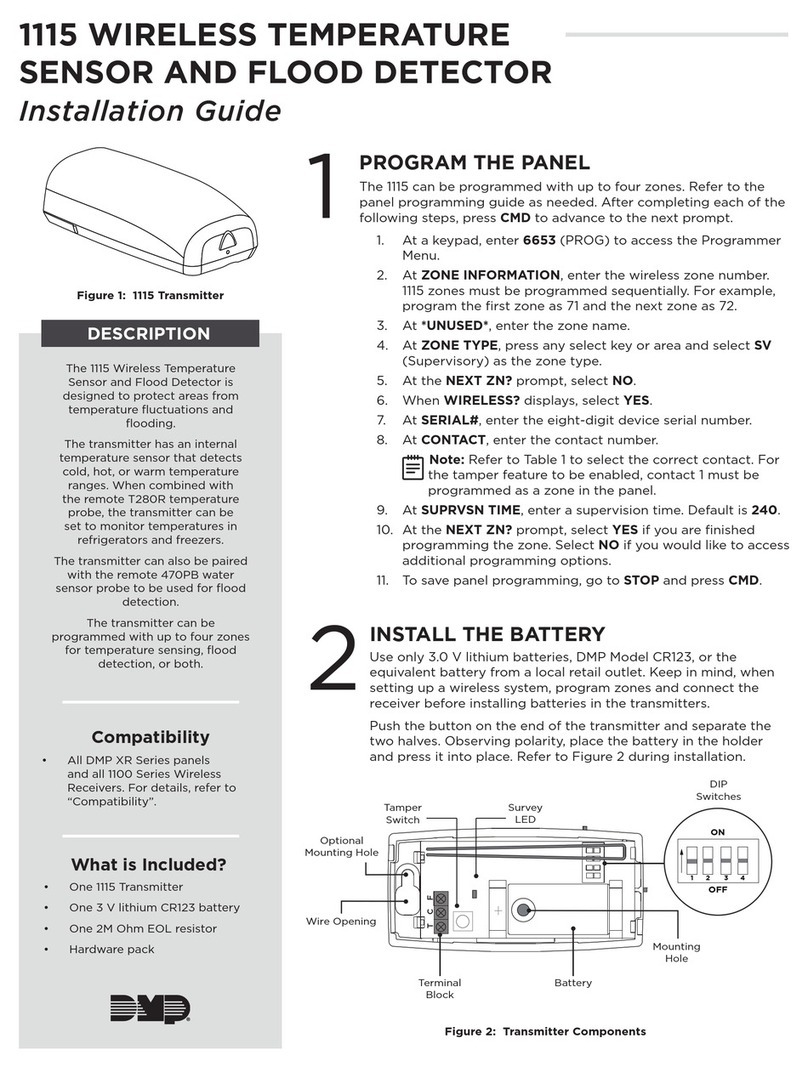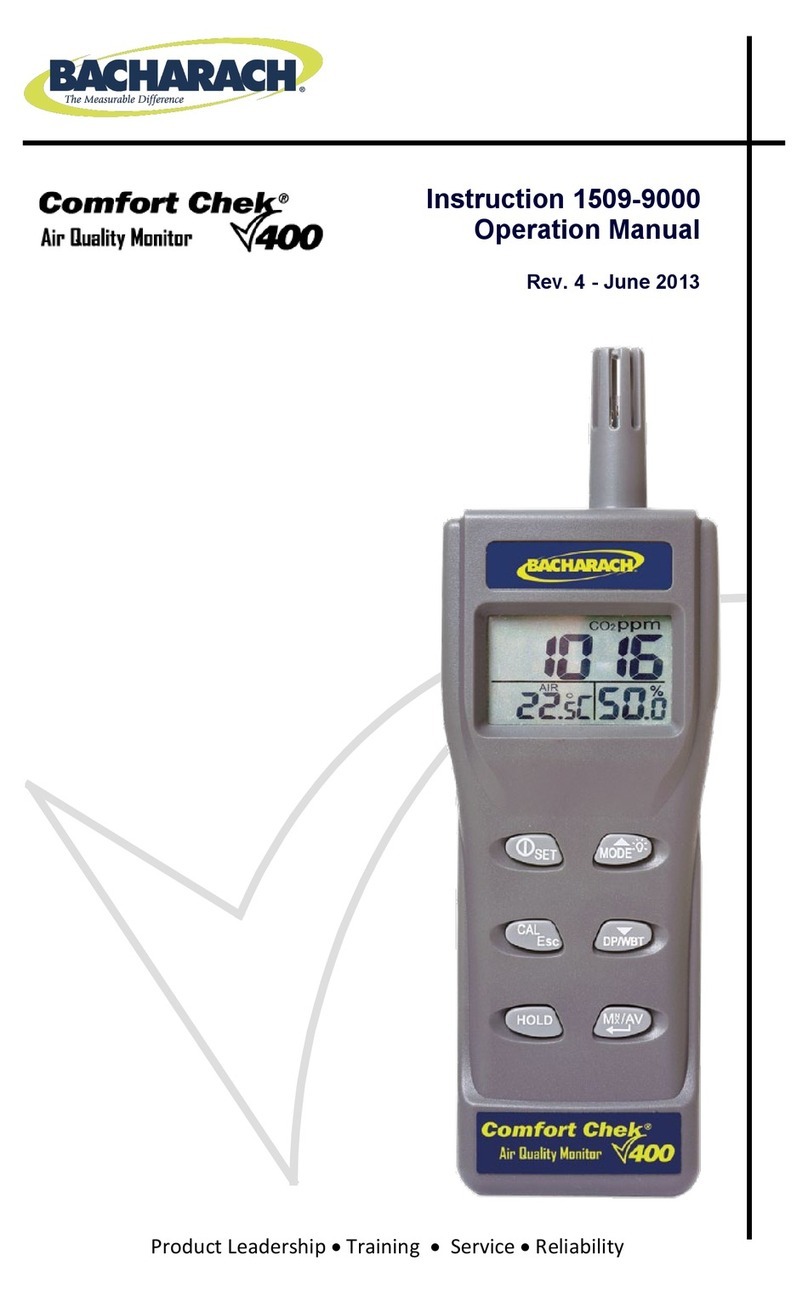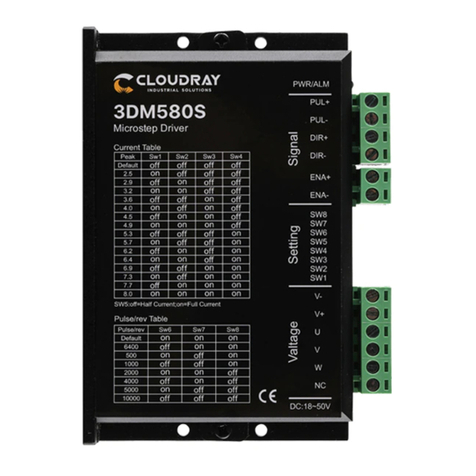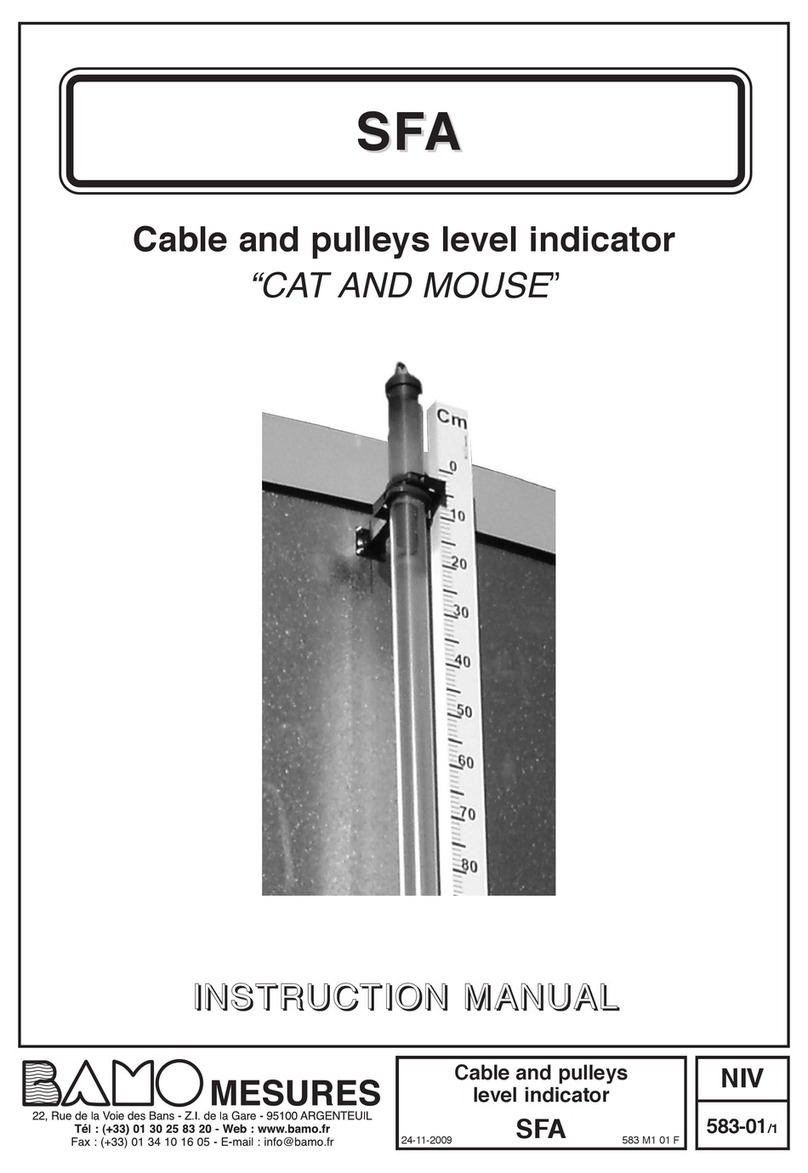Depth Micrometers 22-145, 22-146
Measumax Depth Micrometers are a micrometer head-
fitted with a depth base to take direct readings on the
micrometer spindle with the highest degree of accura-
cy. The depth base, allows for level placement over
the hole or slot. With a Depth micrometers it is almost
impossible to overtighten the micrometer spindle and
get a wrong reading. The use of the micrometer's
ratchet or friction feature is best used to find the low
spot in the depth measurement.
To change the interchagable rods unscrew the spindle-
top and removed the top. (Fig.2) The rod is then
passed throuugh the barrel and base.(Fig.3)
Each rod has been set in the factory, but are adjustable
if recalibration is required
Diagram 1
1. Anvil 2. Barrel
3. Spindle 4. Ratchet Thimble
5. Base
Re-Setting the Depth Micrometer
The 0-25mm rodshould be installed and the spindle opened
to the “0” position. When the base is placed on a flat clean
surface the “0” reading can be taken useing the spindle
ratchet to obtain a light, even pressure. The reading should
be zero on the vernier scale. If the zero is slightly off it can
be adjusted by moving the barrel into position (Fig 4). A
special wrench is provided for this procedure.
Maintenance
Before storing your MeasumaX Depth Micrometer, wipe all
exterior surfaces with a clean, soft cloth, and coat the sur-
faces with a light oil.
Should the spindle become loose adjustment can be made
by tightening the nut at the end of the barrel until the action
is smooth and easy.
“Measumax” Depth Micrometers are set and tested during
production
Measumax Tiefe sind Mikrometer ein Mikrometer head-
fitted mit einer Tiefenbasis, direkte Vorlesungen auf der
Mikrometerspindel mit dem höchsten Grad der
Genauigkeit zu nehmen. Die Tiefenbasis, erlaubt für
ebene Unterbringung über dem Loch oder dem
Steckplatz. Mit einem Tiefe Mikrometern ist es fast
unmöglich zu overtighten die Mikrometerspindel und
erhält eine falsche Vorlesung. Der Gebrauch vom
Schaltrad des Mikrometers oder
Reibungskennzeichens ist am besten, der benutzt
wird, den niedrigen Fleck in der Tiefenmessung zu
finden. Um die interchagable Ruten zu ändern,
schrauben Sie den spindletop los und hat das Oberteil
herausgenommen. (Fig. 2) Die Rute dann ist an vor-
beigegangen throuugh das Fass und ist basiert. (Fig.3)
Jede Rute ist gesetzt worden in die Fabrik, aber ist
verstellbar, wenn Neukalibrierung erfordert ist
Tiefe Mikrometer 22-145, 22-146
Stellen Sie das Tiefenmikrometer Das 0-25mm rodshould
werde installiert und die Spindel nach, die zur „0“ Position
geöffnet wird. Wenn die Basis auf eine Wohnung gestellt
ist, reinigen Sie auftaucht die Vorlesung und der Gebrauch
das Spindelschaltrad, ein Licht, sogar Druck zu erhalten,
soll die Vorlesung null sein. Wenn der null etwas ab ihm ist,
kann von Drehen dem Fass in Position (Abb 4) eingestellt
werden. Ein besonderer Schraubenschlüssel ist dieses
Verfahren geliefert.
Wartung
Bevor Speichern von Ihrem MeasumaX Mikrometer, hinter
die Spindel weg vom Amboss, wischt alle
Außenoberflächen mit einem sauberen, weichen Tuch, und
streicht die Oberflächen mit einem leichten Öl an. Soll die
Spindel werden, kann lockere Regelung von Festziehen der
Mutter am Ende vom Fass gemacht werden, bis die
Handlung glatt und leicht ist. (Abb 3) “Measumax”
Mikrometer sind gesetzt und haben während Produktion
geprüft
Zeichnung 1
1. Amboss 2. Fass
3. Spindel 4. Versehen Sie mit einem
Schaltrad Thimble
5. Basis
Reading a Depth Micrometer
The first figure is taken from the last graduation showing on the sleeve directly to the left of the revolving barrel. Note
Each full graduations is 1mm. There is an additional half scale divisions are 0.5 mm. The remaining two figures (hun-
dredths of a millimetre) are taken directly from the thimble opposite the main scale.(Fig 5.) The reading is 10.01mm
Vorlesung ein Mikrometer
Die erste Figur ist von der letzten Abstufung genommen, die auf dem Ärmel direkt links vom sich drehenden Fass
zeigt. Merken Sie Jede vollen Abstufungen ist 1 Mm. Es gibt sind eine zusätzlichen halben maßstabgetreuen
Teilungen 0,5 Mm. Das bleiben zwei Figuren (hundredths von einem Millimeter) sind genommen direkt vom thimble
gegenüber die Hauptskala. (Abb 5.) Die Vorlesung ist 10.01mm
